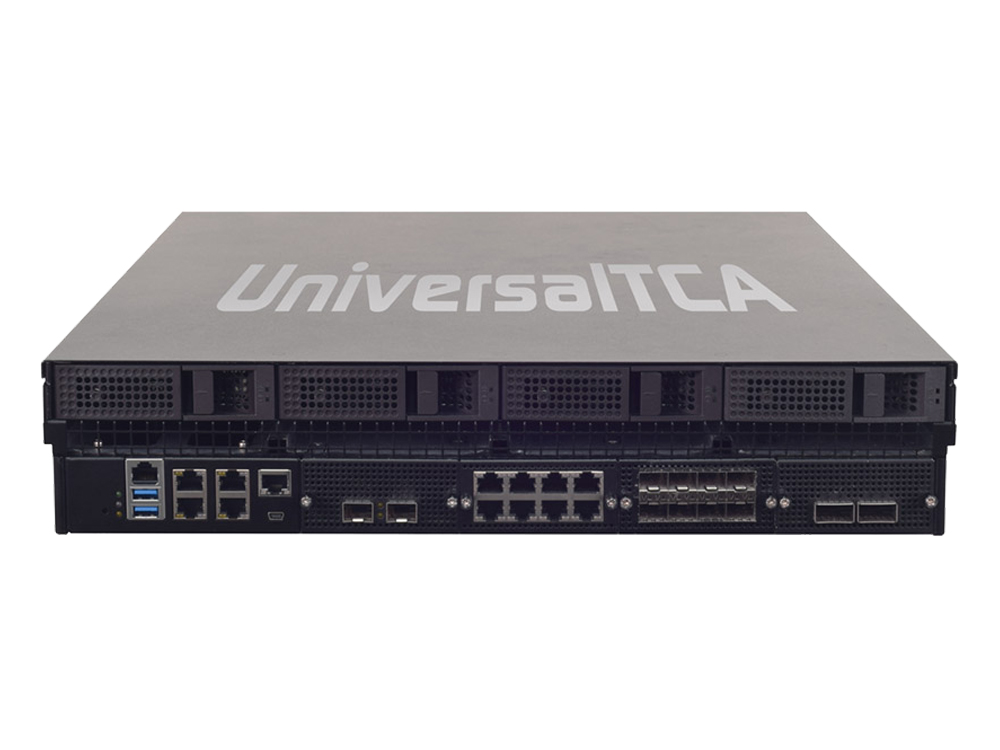Background
With the fast-evolving pace of today’s networking landscape, organizations are seeking more economical and efficient ways to deliver their applications and services to their targets. Indeed, application delivery has drastically changed in its forms since the widespread of smart mobile devices. Therefore, organizations have to enhance the centralized management in their data centers in order to cope with the ever-rising in bandwidth demand without excessive expenses.
In the past, application delivery controllers (ADC) were mainly placed to accelerate application and load-balancing between servers and firewalls. However, cyber-attacks in recent years like DDoS have evolved to be more sophisticated and devastating than ever. Thus, the next-generation ADC integrates higher security capability such as SSL-offloading and web application firewall (WAF).
Requirements
To address the deployment challenge in next-generation ADC, a leader in application networking and data center collaborated with Lanner to develop centralized management solution seamlessly integrating the former’s virtual appliance software with Lanner’s hardware server. The joint solution aims to offer scalability and streamlined network management while reducing the operational costs.
Multi-core processor server
Today’s ADC not only performs server load-balancing and accelerates application delivery, but also executes WAF and SSL security measures. Thus, the joint solution shall be powered by a multi-core processor to efficiently implement security policies across all the servers in DMZ (De-Militarized Zones).
High Availability
ADC is primarily adopted for data centers, and has to operate in an interrupted manner, which makes high-availability design a necessity, addressing the designs in power supply, thermal, cooling and failover mechanism.
Ultra Flexible Storage Design
The next-generation ADC handles wider and higher volume of data. Therefore, the joint solution is designed with multiple swappable storage trays for HDD/SSD, allocated for 3.5”/2.5”/NVMe SSDs.
Intel QuickAssist Technology QAT (optional by SKU)
Security features like WAF and SSL-offloading are among primary features for the next-generation ADC. In order to accelerate the security application delivery, the joint solution is optionally provided with Intel QuickAssist Technology.
Multiple scalable NIC slots
To improve scalability, the joint solution is designed multiple NIC module slots for expansion. There is also a rear PCIe expansion socket for additional functionality.

Solution
In this collaboration, Lanner featured FX-3230, a 2U rackmount network appliance powered by 2nd Gen Intel® Xeon® Processor Scalable Family (Cascade Lake-SP) and Intel C621/C627 chipset.
To address the central management deployment for today’s ADC, FX-3230 offers the desired performance, capacity and cost-effectiveness to handle more diverse applications in today’s business worlds and telecommunication industry. In fact, FX-3230 acts as an optimal centralized management system (CMS) with its high-performance, volume storage and rich networking I/O for Hyper-converged Infrastructure for advanced load balancing and security.
FX-3230 supports up to 384GB of DDR4 at 2666 MHz REG DIMM system memory. For storage, it is equipped with 4x 3.5” swappable HDD bays, two of which support NVME SSD and 1x onboard mSATA slot.
Designed as the next-generation ADC CMS, FX-3230 comes with either 4x GbE RJ45 or 4x 10G SFP+. There are 4x NIC module slots for functional expansion and FX-3230 is built in with Intel® QuickAssist Technology (By SKU) for cryptographic workloads acceleration/compression.
Related Articles
- ADC Optimizes Application Performance in Cloud Environment
- A Next-generation Application Delivery Controller







